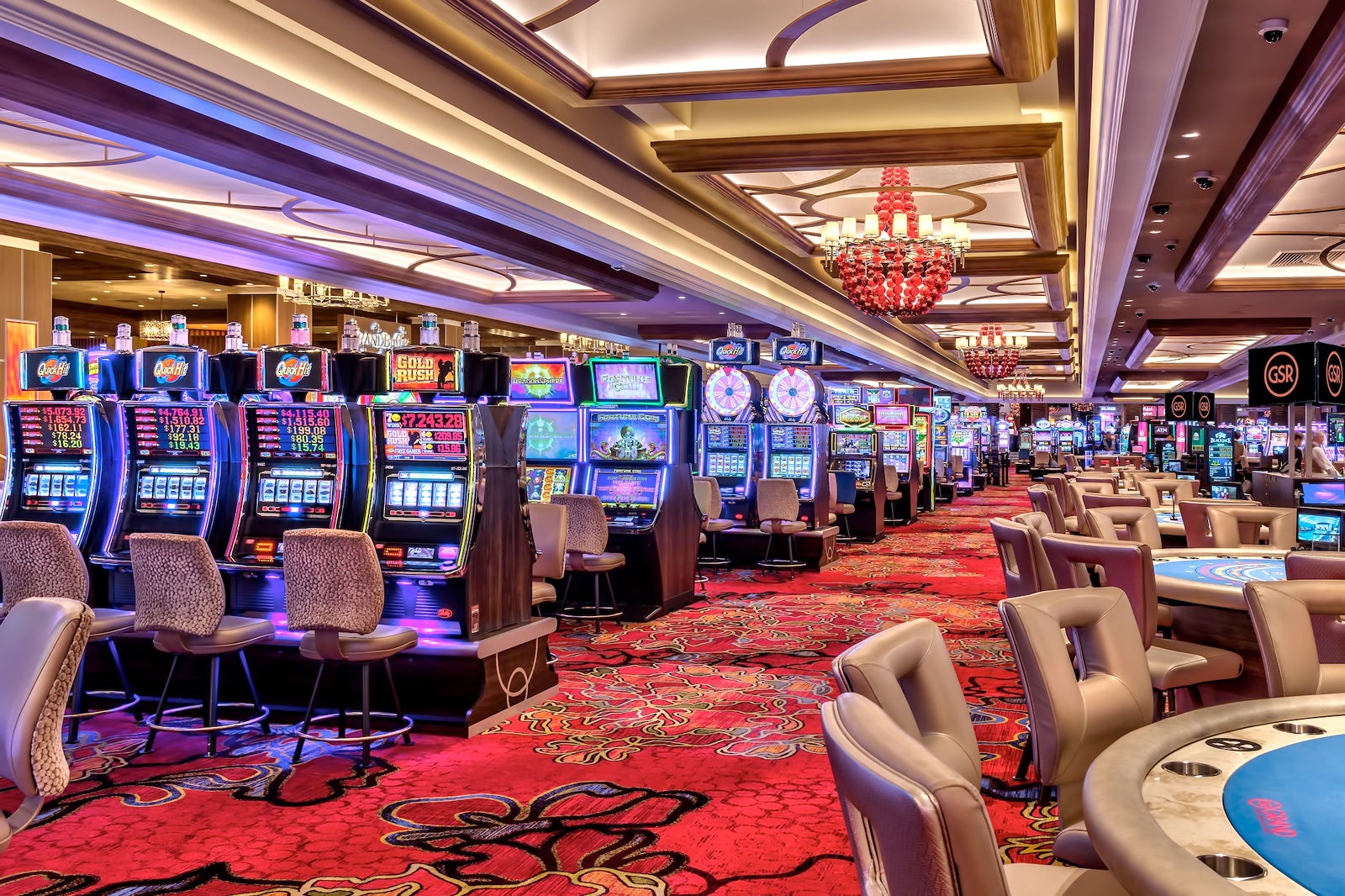
In the vibrant and exciting world of casinos, wherein fortune and tactics intertwine, hues and design play a critical role in drawing in gamblers. As soon as visitors step into a casino or log into a gaming platform, they are enveloped in a sightly feast that grabs their attention and entices them to explore more. Vivid colors, engaging graphics, and creative layouts are carefully crafted to create an atmosphere of excitement and anticipation, ultimately improving the gaming experience.
As players move through the ever-changing landscape of casino games, they encounter a range of designs that not only serve aesthetic purposes but also influence feelings and choices. Colors like red and yellow symbolize wealth and fortune, while soothing navy and greens can create a much tranquil environment. Understanding how these elements work together allows casinos to create an welcoming and stimulating atmosphere that encourages players to engage with the games, invest additional time at the tables, and increase their overall enjoyment.
The Study of Hue in Casino Games
Hue plays a critical role in the creation of casino games, affecting player emotions and behaviors. Lively and striking hues, such as crimson and yellow, are often used to incite excitement and draw focus. These shades create a sense of immediacy and vitality, encouraging participants to engage more enthusiastically with the experience. By intentionally selecting colors, creators aim to inspire emotions of satisfaction and expectation, which can enhance the overall player experience.
Various colors also have psychological meanings that can affect how participants perceive their odds of winning. For instance, green is often associated with fortune and prosperity, making it a frequent choice in games like roulette and poker games. This connection can lead participants to feel more hopeful and confident in their play, ultimately motivating them to wager more. Grasping these links allows game designers to craft environments that enhance player enjoyment and loyalty.
In addition, the interface of gambling game interfaces often utilizes color gradients and differing colors to guide player actions. For instance, winning results may be emphasized with vivid, contrasting shades, creating a visual cue. This method strengthens successful results and supports repeated gameplay. By exploiting the science of color, gambling establishments can create activities that not only captivate players but also maintain them involved and dedicated in their game experience.
Design Features that Engage Gamers
The aesthetic appeal of casino games is largely influenced by the use of bold colors. Lively and contrasting colors are deliberately chosen to create an appealing atmosphere that grabs attention. For instance, reds and golds often signify luck and prosperity, which is why they are prevalent in the color schemes of gaming machines and game surfaces. KU BET These colors not only attract players in, but they also stir emotions related to excitement and expectation, enhancing the total gaming experience.
In parallel to color, the design and layout of gambling games play a significant role in player attraction. Games are designed to be intuitive, ensuring that players can easily understand the rules and mechanics. User-friendly interfaces, along with captivating graphics and animations, help maintain player interest and promote longer play sessions. The physical elements, such as the feel of the buttons and the audio of the games, also add to a holistic sensory experience that keeps players engaged.
Finally, thematic elements in gaming design can significantly influence player choice. Many casino games are inspired by popular culture, myths, or adventure themes, incorporating symbols and characters that connect with players. These themes create a sense of immersion and connection, making each game feel distinct. When players feel a connection to the concept, they are more likely to opt for that game over others, leading to increased participation and enthusiasm within the casino environment.
Case Studies: Notable Casino Slot Designs
One prime example of successful gambling game design is the acclaimed slot machine series based around blockbuster movies. Games such as those based on the The Wizard of Oz and Game of thrones utilize dynamic colors and high-quality graphics to engage players in recognizable narratives. The employment of moving visuals and captivating sound effects grabs the focus of players, establishing an emotional connection to the theme. This approach merely encourages longer play but also boosts the overall gaming experience, leading to increased player retention.
Another successful case is the application of color psychology in table games like 21 and the wheel. Casinos often develop these games with rich reds and greens, colors traditionally linked with luck and wealth. For instance, the green felt on a 21 table provides a soothing effect, while the crimson accents in the wheel invite anticipation. This thoughtful use of color helps to establish an inviting atmosphere that motivates players to engage, satisfying their psychological impulses and increasing their enjoyment.
Finally, online casino games that include social features and vivid, lively designs have seen remarkable success in engaging players. Games like Zynga Poker and Slot-O-Mania leverage bright colors and playful animations to establish an inviting online environment. The integration of leaderboards, community sharing options, and in-app rewards promotes competition and community, pulling players in for longer sessions. Such designs not just make the games visually appealing but also emphasize community engagement, a crucial factor in player retention and engagement within online casino environments.
